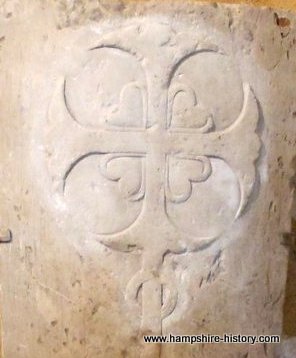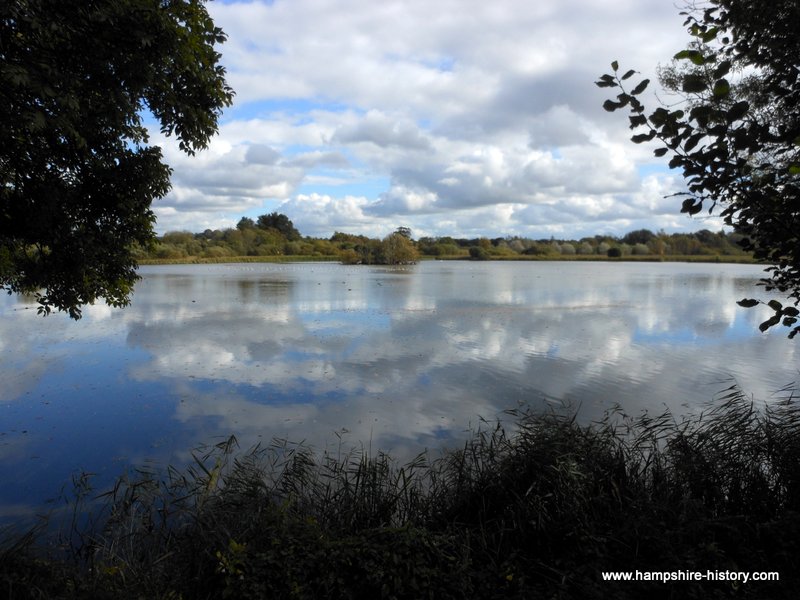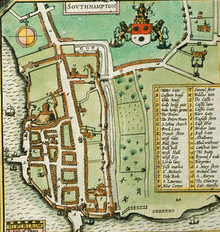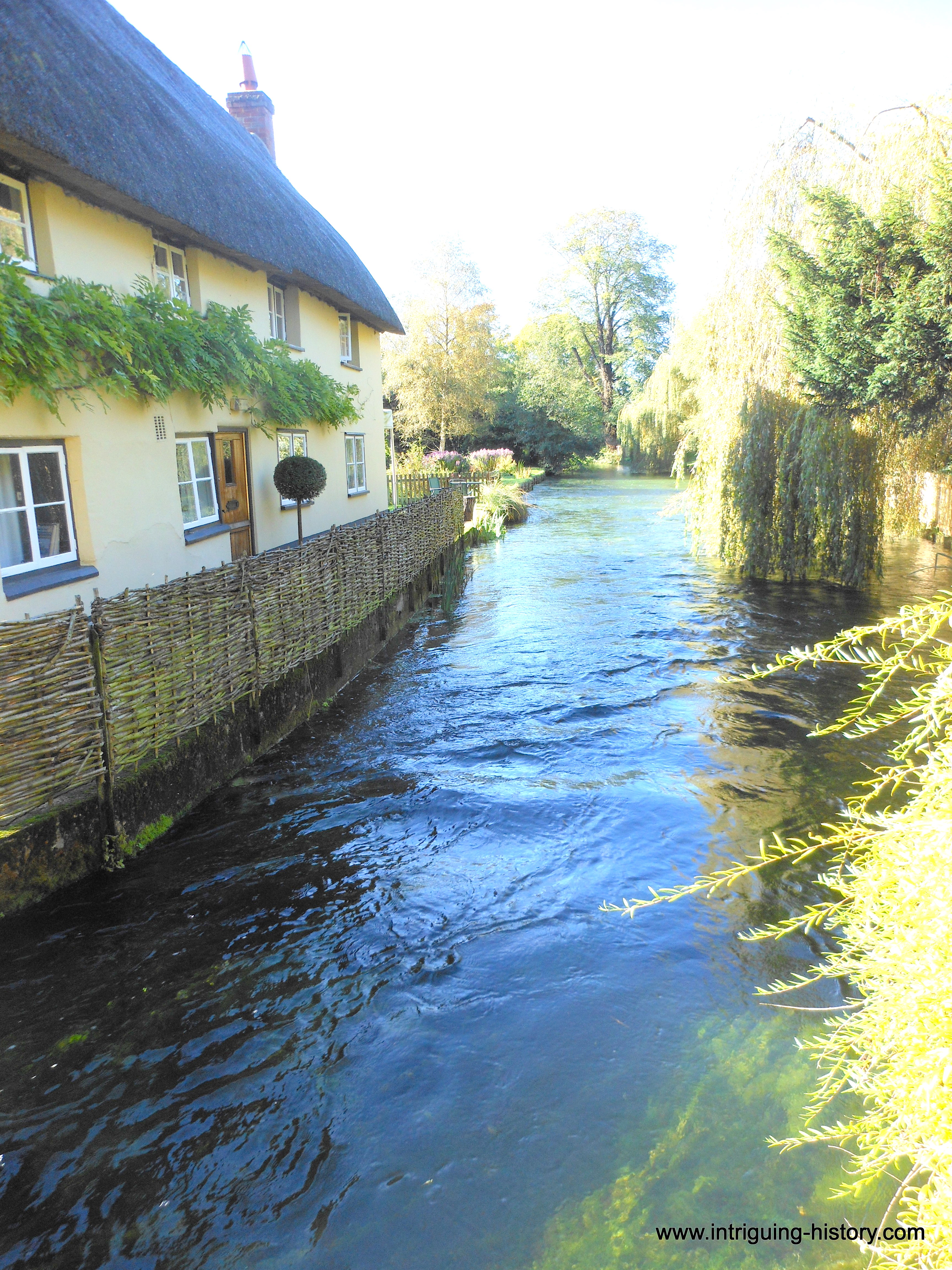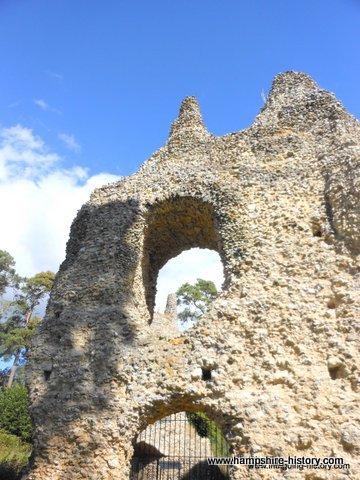Posts by HLB
Early Anglo Saxon Hampshire
Early Anglo Saxon settlement in Hampshire is an elusive creature, traces found on the chalk ridges and river valleys allow us the merest peek of a time of important change. Are current day settlement patterns a result of settlement 1500 years ago or are they a consequence of later Anglo Saxon settlement?
Read MoreVirgin Crowns of Abbotts Ann
The virgin crowns of Abbots Ann are a unique part of Hampshire History and provide a very emotive link to our past.
Read MoreThe Chalk Streams of Hampshire
The chalkstreams of Hampshire offer some of the best fly fishing in the world but they offer so much more than that. The history of Hampshire is inextricably bound up in the valley’s of the Itchen, the Test and the Meon. Investigate Hampshire History and find out what this wonderful county in southern England has to offer
Read MoreMystery of King Alfred’s Final Resting Place
The mystery of King Alfred’s final resting place may be closer to being resolved as St Bartholemew’s church at Hyde prepares to ask for permission to exhume and identify the bones in an unmarked grave at the church.
Read MoreKing Alfred and The Vikings
King Alfred’s life was dominated by the incessant attacks by the Vikings but how did Alfred succeed in defeating them when so many other kings had failed and did that defeat then propel him to become King of all England.
Read MoreWho was on the Mayflower in 1620?
Who was on the Mayflower as it set sail from Southampton Hampshire in 1620 and why did it have to return to Plymouth? The sailing of the Mayflower from Southampton is one of Hampshire’s most iconic historical moments.
Read MoreSt Francis Window Selborne
The beautiful window of St Francis, in St Mary’s church Selborne commemorates the life of Gilbert White.
Read MoreMassey’s Folly Farringdon
Massey’s Folly in Farringdon Hampshire, is an extraordinary labour of love. Built by the Rev Thomas Massey over a period of thirty years, the folly is a monument to the pursuit of art in architecture, its purpose uncertain.
Read MoreKnights Templars at Selborne
The Knights Templar tombstones in St Mary’s church Selborne are the sole surviving artefacts of the Knights Templar preceptory established at Sotherington close to Selborne in Hampshire
Read MoreAlresford Harbour
The dam and resevoir at Alresford is one of the largest and most impressive structures of Medieval England but has it revealed its full purpose?
Read MoreSouthampton Castle
When Winchester was the royal capital of England, Southampton, close by on the southern coast of England, was its chief port and trading centre. It was an obvious magnet for Danish and French raiding party’s and its defense became an issue. The castle was constructed first out of timber and then stone and its great city walls threw up a considerable obstacle to attack
Read MoreWherwell Abbey
The quintessentially English village of Wherwell has played an important part in the history of the county of Hampshire, hidden beneath its meadows is the Abbey of Wherwell, established in the C10th century as a form of penance by Queen Elfrida
Read MoreHampshire Botanist John Goodyer
John Goodyer was one of the most important botanists in England in the C17th and lived his life in various parts of Hampshire. Born in Alton, he worked in Buriton and lived in Droxford and Petersfield.
Read MoreJane Austen in Chawton
The village of Chawton sweeps you back to the early years of the C19th, when Jane Austen and her family lived in the heart of the village
Read MoreNorman Chancel Arch St Peter’s Petersfield
The Norman chancel arch in St Peter’s church in Petersfield is one of the most magnificent in Hampshire, its proportions seeming to signal the architects desire to elevate this chapel in a field to something more. It is possible that the design was influenced by the architecture of Winchester Cathedral. Bishop Walkelyn may well have…
Read MoreIntriguing Odiham Castle
Odiham Castle in Hampshire is one of those ruins where you wish the walls could talk, with connections to King John and Simon de Montfort, decisions about England were made here
Read MoreHamwic, Hampshire’s Anglo Saxon Port
Hamwic was one of the principal trading towns in north west Europe through Anglo Saxon times and beyond
Read MoreMalaria in Anglo Saxon Hampshire
Malaria was endemic in Southern Anglo Saxon England and brought misery and death to those living in the extensive marshlands. Bald’s leech book and other writings allude to this ‘spring’ or ‘yellow’ fever.
Read More
